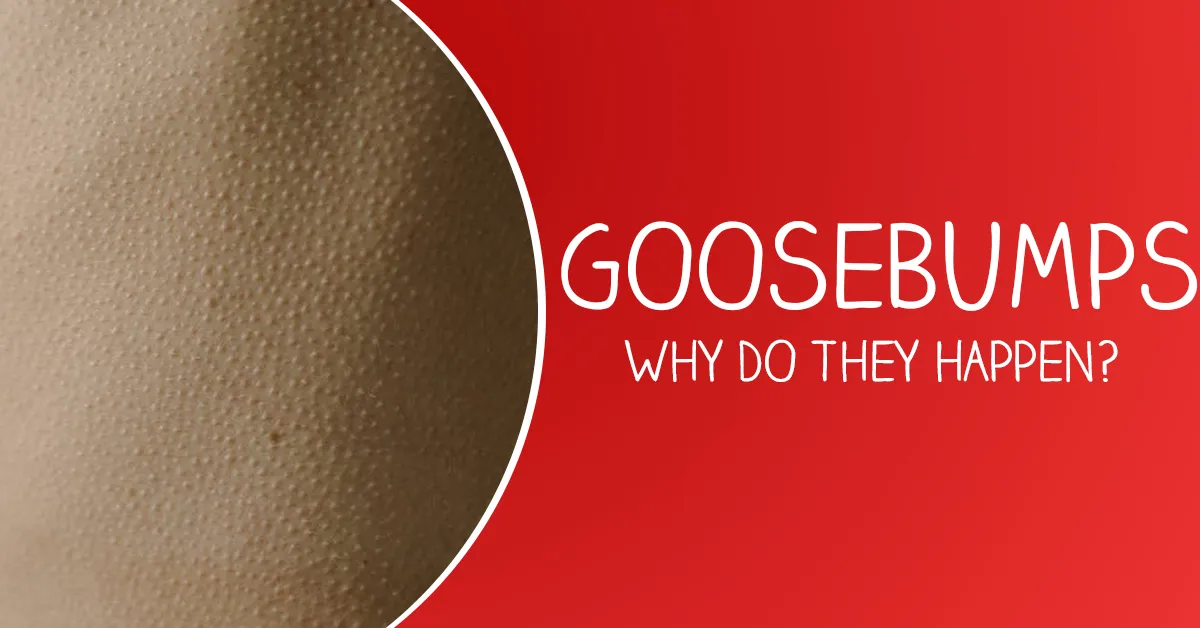Ever notice the small bumps that can temporarily develop on your skin? Often called “goosebumps” the origin of the name is as literal as it sounds – they feel very similar to goose skin.
Goosebumps often occur as a result of emotions. This can range from a fearful reaction to an instance of nostalgia and looking back fondly on something. Even more commonly it can result from a sudden extreme temperature to which your body is exposed.
What’s the science behind goosebumps?
Goosebumps are the result of inputs from many parts of your body. Harvard describes the process as follows:
“The arrectores pilorum are hooked up to the sympathetic nervous system, and the sympathetic nervous system has input from many parts of the brain, including those involved with motivation, arousal, and emotion.” – source
Scenarios where you can have goosebumps include feeling:
- Cold
- Fear
- Awe
- Pride
- Excitement
In a simple sense, it’s the definition of the things that cause you to say “it gave me chills.”
Does temperature play a role?
Yes. While humans often do not have much hair on their arms, goosebumps will still naturally occur, causing your hair to raise. Despite the raised hair, it will do little to warm your body temperature.
What can goosebumps tell me about my health?
Goosebumps are common and occur in everyone under the right circumstances.
A 100 participant study conducted by researchers from Harvard and the University of Oxford tried to examine the why behind the development of goosebumps by those that attended a live music event. They used monitoring devices to test the physiological response of attendants.
The study discovered that those that experienced goosebumps at the live event reported having a better mood and “enhanced overall wellbeing.” It is hard to gather a lot from a small study like this, and more research would need to be done to conclude what goosebumps mean for our health.
Do animals get goosebumps?
Some furry animals have a similar goosebumps type reaction. Cats for example will raise their fur coats to appear bigger when they feel they are in danger.
This is similar to what is happening when your skin raises to form goosebumps and pushes your arm hair upward.


